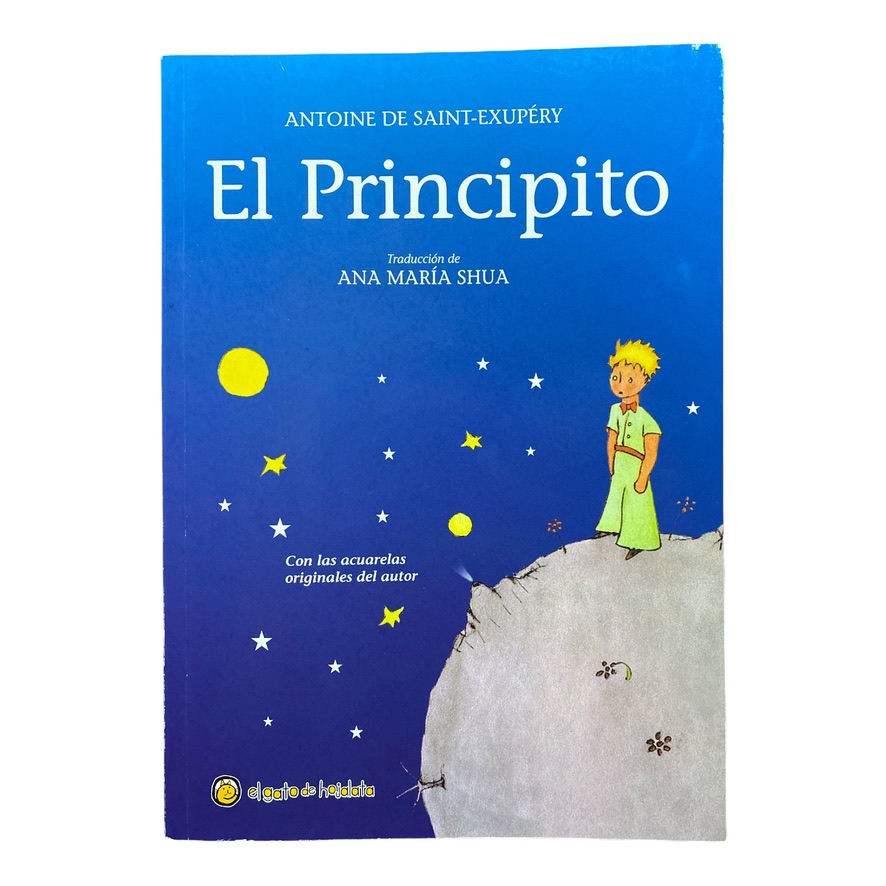
El Principito — in Rioplatense Castilian.
Rioplatense Castilian, is a distinctive and culturally vibrant variety of Spanish spoken predominantly in the Río de la Plata Basin, encompassing Buenos Aires in Argentina, Montevideo in Uruguay, and surrounding regions. It is immediately recognisable by its characteristic “sh” or “zh” pronunciation of the letters ll and y—a phenomenon known as yeísmo rehilado—which gives it a melodic, almost Italianate rhythm. This sound pattern, alongside a distinctive intonation influenced by the waves of Italian immigration in the late 19th and early 20th centuries, sets Rioplatense apart from other Spanish dialects and reflects the deeply cosmopolitan identity of its speakers.
Historically, the Rioplatense region was a melting pot of linguistic influences: Andalusian Spanish, Canarian dialects, and indigenous languages such as Guaraní all contributed layers to the local speech. Yet it was the arrival of millions of Italian immigrants—especially from Liguria, Piedmont, and Naples—that left the most enduring mark, not only on the dialect’s musicality but also on its lexicon and even its gestures. The result is a form of Spanish that often feels exuberantly expressive, rhythmically unique, and firmly rooted in urban working-class culture.
One of the most notable grammatical features of Rioplatense Castilian is the widespread use of voseo—the substitution of vos for tú as the informal second-person singular pronoun. This feature, once stigmatised, is now a defining and proudly embraced marker of regional identity, used in speech, literature, advertising, and even formal contexts. Rioplatense speakers also make inventive use of lunfardo, a colourful urban slang with roots in Italian, French, African languages, and indigenous tongues, originally associated with Buenos Aires’ underworld but now celebrated in tango lyrics and contemporary popular culture.
In relation to other Spanish varieties, Rioplatense stands at a fascinating intersection. While lexically and grammatically it remains mutually intelligible with standard Spanish, its pronunciation, rhythm, and cultural references make it feel dramatically different—especially to speakers from Spain or northern Latin America. In its border regions, it engages in linguistic exchange with Portuguese, particularly in Uruguay and northeastern Argentina, where Portuñol (a Spanish-Portuguese hybrid) thrives in informal contexts. This constant interplay has reinforced Rioplatense’s role as both a linguistic and cultural frontier.
To speak or hear Rioplatense Castilian is to enter a world of tango, theatre, political passion, and a sense of verbal artistry that animates everything from café conversation to political debate. It is a language alive with historical echoes and contemporary flair—one that captures the restless spirit of the Río de la Plata and its people: sharp, expressive, and elegantly informal.


